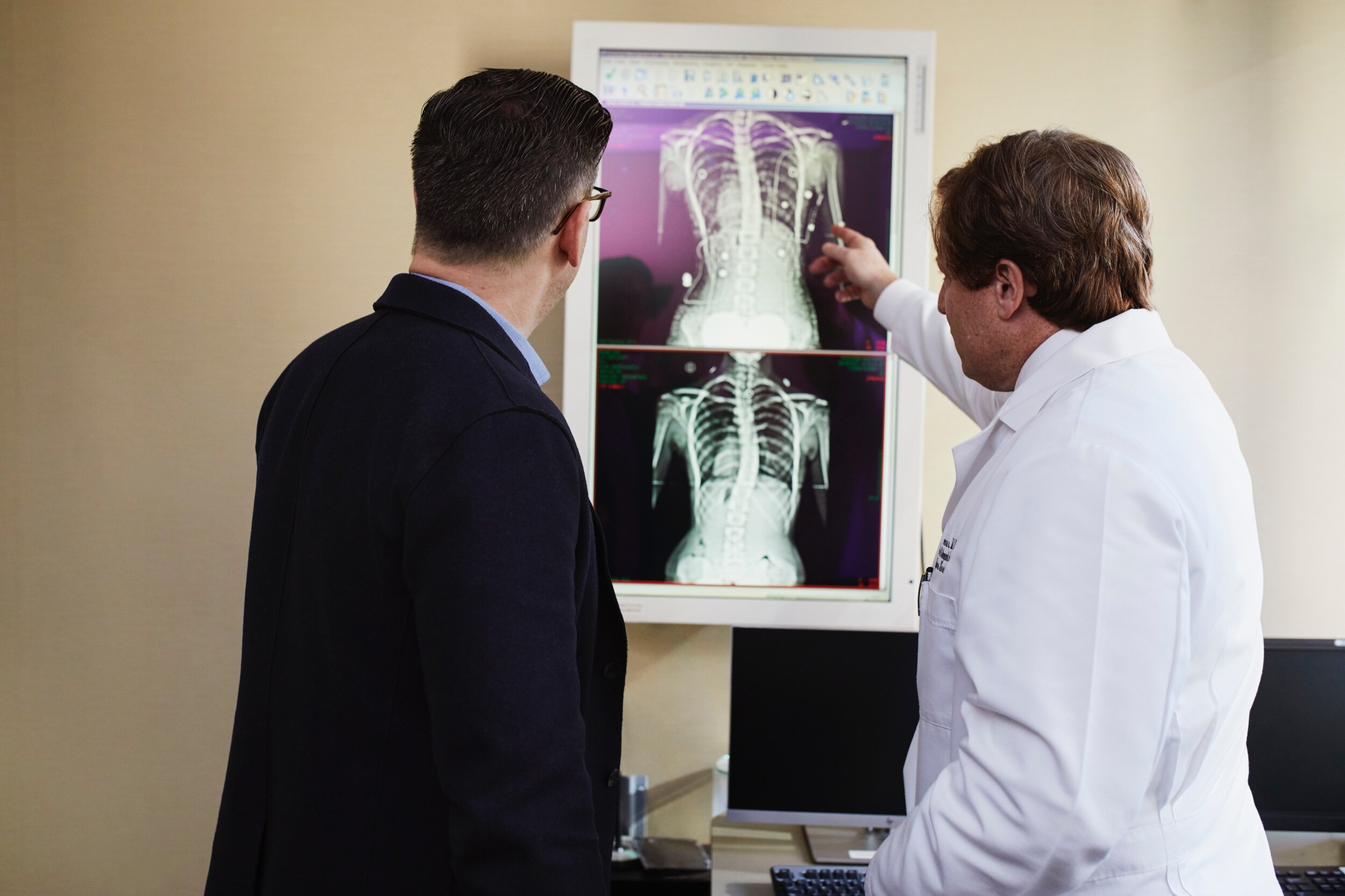VOMIT and BARF (A Word to the Wise)
TL;DR (Too Long; Didn’t Read)
Don’t get caught up in imaging results and the anxiety they can produce.
More often than not, how you feel and an objective physical exam will trump imaging findings.
Imaging may help guide decisions, but cannot be relied on exclusively.
A Tale As Old As Time
You finally get the call you’ve been waiting for. Your imaging results are in! You make an appointment with your physician and head down, eagerly awaiting the results. Sitting in the exam room, a bit of anxiety in the air, slight perspiration on your palms, you get the news.
“Sorry Mr. Smith, but you have severe degeneration of your knee.”
The fear immediately washes over you as you imagine the worst case scenarios; impaired function, disability, surgeries. This is not what you expected, and you leave with sense of dread as you fear for your quality of life.
Enter: VOMIT and BARF
Ok, pick your head up out of the toilet. We’re not throwing puke emojis at you. VOMIT stands for, “Victims of Medical Imaging Technology”. Modern imaging like x-ray, MRI, CT and ultrasounds are all valuable for detecting a myriad of conditions from broken bones to life-threatening conditions like cancerous masses. But quite often, the language used in medical reports betrays the often harmless meaning of the condition. For example, osteoarthritis is commonly seen in weight-bearing joints as a consequence of aging. It simply means wear and tear. But when told you have severe osteoarthritis of the knee, the diagnosis can cause significant psychological harm and worsen symptoms.
The same thing happens when sent for an MRI following an acute case of back pain. Often a disc herniation will be revealed, quickly followed by images of surgery dancing across your eyes. Made worse, a referral to an orthopedic surgeon is made instead of a referral to a qualified physical therapist. While not always the case, theses findings are often incidental and unrelated to the source and cause of pain. Closely related to VOMIT, this is referred to as, “Brainless Application of Radiological Findings” or BARF for short.
Despite how tongue-in-cheek this all sounds, none of it is a joke! See this poster for more examples of VOMIT and how to better understand common imaging findings, and this article for a more in-depth look at common incidental findings.
Reasons You Don’t Always Get the Full Story
So why haven’t you heard about VOMIT and BARF? The answers…
“Well hello there. Please allow me explain your pain with this x-ray of a 16-year old scoliotic female.”
It takes time to explain the results of imaging, and in rushed doctor’s offices, they simply don’t always have the time to discuss in depth the results of your imaging. Especially with family physician’s, they’re often so overwhelmed with case loads that they don’t have the time to discuss innocuous findings.
Your family physician may not be as well versed in musculoskeletal conditions as a well-trained physical therapist. They may not know that 75% of people with no symptoms have cervical disc bulges, or that up to 85% of adults with no pain have some degree of osteoarthritis.
A Better Approach
One of the most important reasons to be careful with the interpretation of imaging findings especially when dealing with musculoskeletal conditions, is because images are a static snapshot of a singular moment in time. Creating a whole diagnosis and treatment plan around this is the equivalent of diagnosing someone with depression based on a picture of them frowning. It makes no sense and is much more nuanced.
A full and detailed history of the condition followed by a complete physical exam are both required, and while the results of the imaging plays a part in the plan of management, they do not dictate solely dictate treatment options.
So the next time you have imaging done, ensure you get a thorough review of the findings with your doctor, check your anxiety at the door, and understand that it is only one part of the puzzle!

